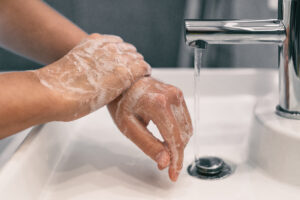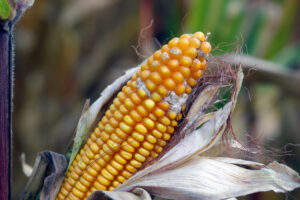I’ve used the “sniff test” for years to determine if a food is bad. Now my friend is telling me that it’s not reliable! Who’s right?
The short answer: Your friend is correct.
The explanation:
Although a bad odor can be a distinct indication that a food is no longer safe, the reverse doesn’t always hold true. That is, a food that smells or tastes “okay” is not necessarily safe to eat. As CDC states, it’s a mistake to determine the safety of a food by smelling or tasting it, because “you can’t taste, smell, or see the germs that cause food poisoning.” Even a tiny taste of food with botulism toxin can cause paralysis and even death, and germs like Salmonella can make you very sick if you take even a small taste.
Unfortunately, this means there is no foolproof home-test to tell if a food is good. Instead, it’s advisable to follow food safety rules to stay safe, including:
- Consult Cold Food Storage Charts (such as that published by Foodsafety.gov) to determine if the food in your refrigerator is still good. Frozen foods, if kept continuously at or below 0°F, can be safe indefinitely, but may deteriorate in quality.
- Follow the two-hour rule: Perishable foods should be not left unrefrigerated for more than two hours. If exposed to temperatures above 90°F, the safety zone shrinks to one hour.
- When properly stored, most canned foods are safe for at least a few years, but any deterioration or perforation of the can, as well as storage at temperatures above 100°F, can cause the food to spoil.
All in all, a sniff test that causes your nose to wrinkle is a good sign that you shouldn’t eat the food, but a food that passes the sniff test may not pass the sick test.





